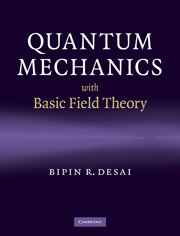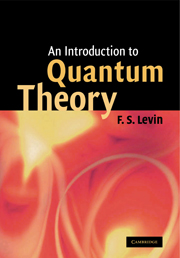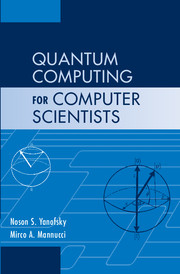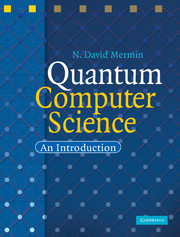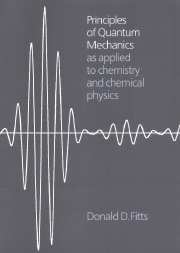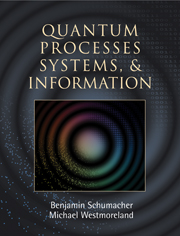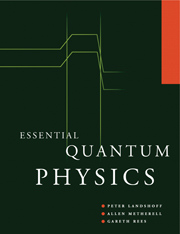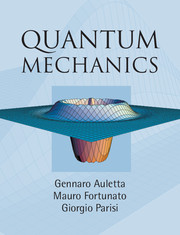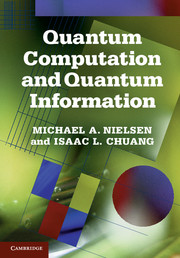Trapped ions, trapped atoms, and NMR spin systems are all fine ways of building small “toy” quantum computers, each with its own advantages and disadvantages. There are also many other techniques which have been suggested, although these three so far remain in the lead for general-purpose quantum computing. However, the most powerful general-purpose quantum computers constructed to date have only about a dozen qubits, and this is not nearly large enough to make quantum computers useful rather than merely interesting. (Larger systems have been used to demonstrate particular quantum information processing techniques, but these cannot as yet be used to implement arbitrary quantum algorithms.)
Although it is not completely clear how complex a general-purpose quantum computer needs to be, it is clear that such a device will involve thousands or even millions of qubits, rather than the dozens involved today. It is, therefore, important to consider whether there is any hope of scaling up these technologies to useful sizes, and we will consider each of the three approaches in turn, before turning briefly to alternative technologies which have not been discussed so far.
Trapped ions
Trapped ions initially look very promising as a candidate for scaling up, as it is possible to trap thousands of ions while keeping a reasonable distance between them. Early experiments relied on particular tricks which only work with systems of two ions, but this is not true of more recent work, and there is no reason in principle why these large strings of ions could not be controlled.
